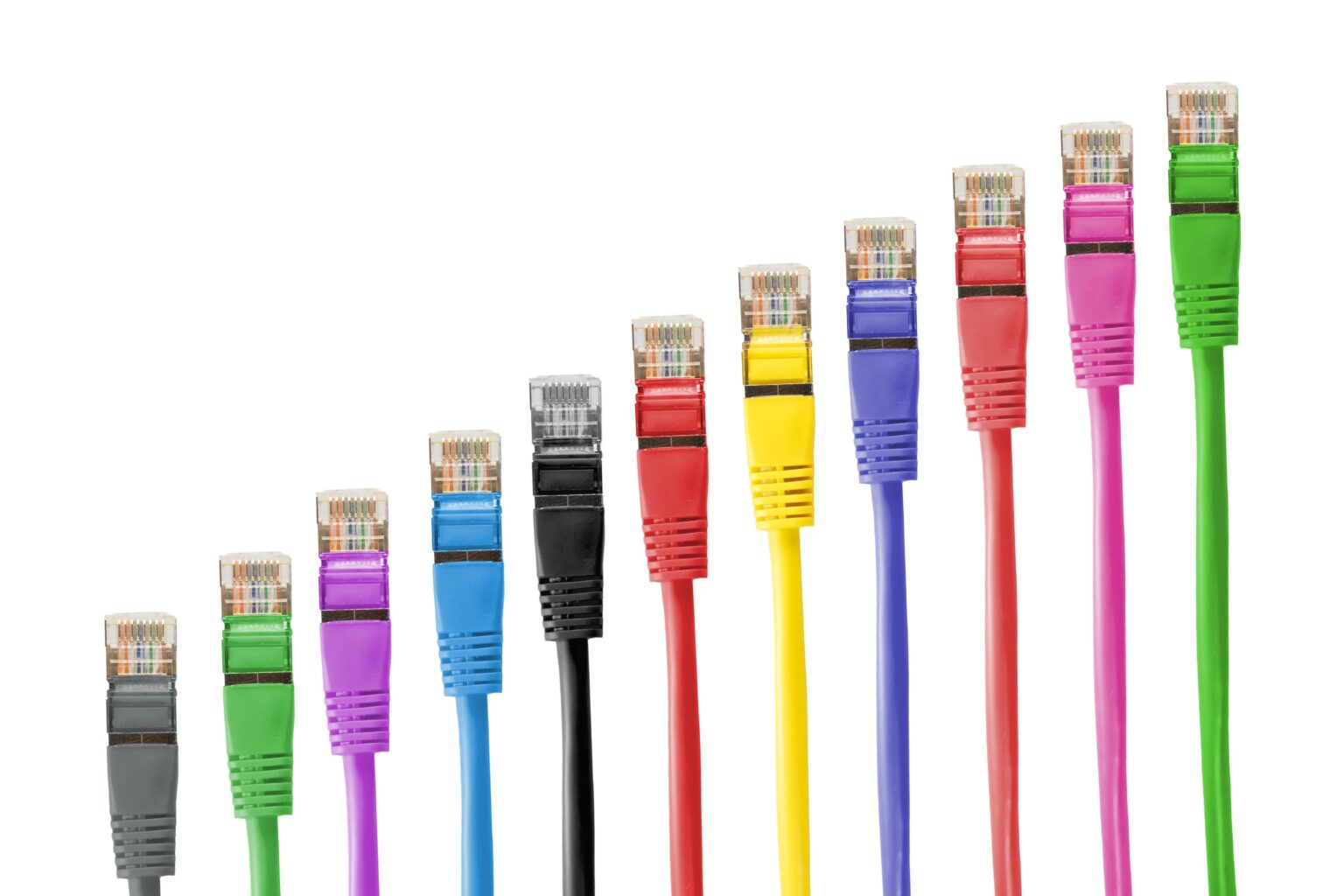5G will open doors to the future in exciting and unexpected ways. Thanks to this new mobile broadband technology, you will soon be enjoying incredibly fast and responsive speeds online. But 5G isn’t quite the same as previous upgrades. It’s not simply a step up from 4G/LTE as 4G was to 3G. This is good news, but to avoid any confusion, let’s take a look at what 5G actually is.
What does 5G mean?
5G literally means “5th Generation”, a followup to 4G (4th Generation), 3G (3rd Generation) and so on. Yet the various generations are actually very different from each other. For example, 3G is an “old school” standard that runs things much like traditional GSM did (called analogue), whereas 4G/LTE was the first truly digital generation.
5G is not a continuation of 4G, but a big step into new ways of connecting networks to devices such as smartphones. This also means that while 4G will eventually replace 3G, 5G won’t replace 4G – at least not in the near future. Instead, 4G and 5G complement each other (something we’ll discuss a little later in this article).
How fast is 5G?
In the right conditions, 5G is very fast – fifty times or more than that of 4G/LTE. Let’s put that into perspective: 4G/LTE can reach up to 50Mbps and average 10 to 12Mbps. That’s fast enough to stream HD content and play games online. While 5G can go much, much faster (over 1Gbps), that is considerably more than any of us need.
5G’s speeds are comparable to fibre, which can also go beyond 1Gbps. This is great if you are doing heavy-duty downloading or providing high-speed connectivity to many users (such as wifi for a business).
Why does it matter that 5G is faster?
There are two reasons. The second we’ll tackle in the next question, but the first reason is something called latency. You can look at latency as the time the internet takes to respond.
If someone is standing right next to you, you can say something and they hear it immediately. Then they can respond quickly. What if they are on the other side of a corridor fand you have to shout? There will be a pause as they listen, then they’ll shout back and you pause to listen. That’s latency: right next to you the latency is low, but far away the latency becomes higher. This distance varies a lot depending on several factors, such as the data speeds it provides. So 5G offering gigabit speeds will need a radio transmitter quite close, while 5G offering speeds of 200 or 300 Mbps can do so over longer distances. 5G will also improve over time as engineers and scientists make new breakthroughs.
4G/LTE is fast, but it doesn’t have terrific latency. 5G’s latency, on the other hand, is super low. This is very useful for things like video calls, online gaming and advanced ideas such as remote-controlled surgery robots, self-driving cars and smart traffic lights.
5G in phones
While there will be phones that use 5G to connect just as they currently do with 4G and 3G, unfortunately, it’s not a simple matter of flipping a switch.
There are several factors that make 5G different, including how close mobile towers are as well as the type of antenna you need. It will take time for those factors to become more common and cheaper.
Due to how 5G changes the “last mile” problem for fibre, the first major sign of 5G performance will appear with wifi. The wifi networks you’ll connect to will become faster and more reliable because the costs of installing and maintaining a fibre connection that powers wifi will drop.
This doesn’t mean that 5G won’t appear on smartphones or won’t be worth it. It will just take time for devices and prices to catch up. There is also still a lot of potential left in 4G/LTE, which will also become faster and cheaper over time. Once more spectrum is made available, 4G performance will go through the roof.
In the near term, however, 5G will make it easier and more affordable to bring high-speed, fibre-level internet to homes and businesses. Combined with wifi it will transform internet performance in public spaces. The future is a world of high-speed internet everywhere – and 5G is a big piece of completing that puzzle.



